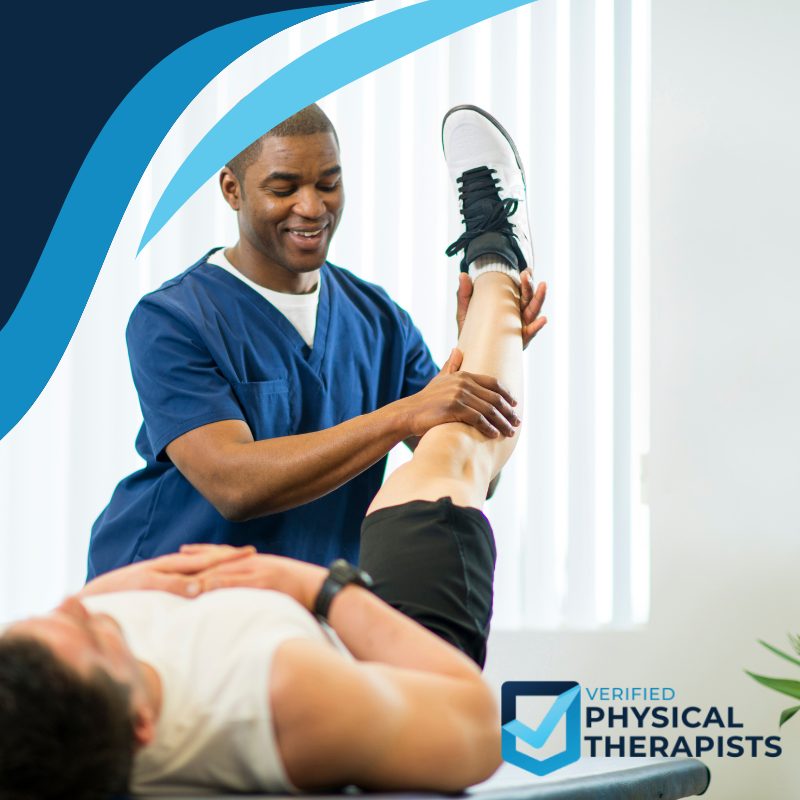
Sports Injury Treatment – Healing From Strains and Sprains
Explore effective injury treatment options for sports strains and sprains. Our focus on physical therapy helps reduce pain, restore movement, and prevent re-injury, ensuring you recover quickly from soft-tissue injuries. Join us in your healing journey today!
Effective recovery plays a crucial role in enhancing athletic performance and safeguarding against future complications. Injuries sustained during physical activities can impede one’s ability to compete and enjoy sports. These common issues often arise from sudden movements or excessive strain on the body. Among the most frequent problems are soft-tissue injuries, which can lead to discomfort, inflammation, and restricted movement. Immediate care should involve the R. I. C. E. method: Rest, Ice, Compression, and Elevation. Utilizing an elastic bandage can help manage edema around the affected area. After initial treatment, a tailored exercise regimen through physical therapy can enhance recovery from sports injuries by improving strength, flexibility, and stability while addressing symptoms such as pain and edema.
Understanding Soft Tissue Injuries
Injuries to the body’s supporting tissues can significantly disrupt daily activities and overall health. These conditions often arise from various causes, resulting in damage to muscles, ligaments, and joints, which may lead to strains, sprains, or tears. When a joint is affected, mobility can be profoundly limited, impacting one’s ability to engage in routine physical tasks. Common indicators of such injuries include pain, swelling, and bruising, which further complicate recovery. Early medical diagnosis is crucial to managing these injuries effectively. Treatment approaches, such as R. I. C. E—Rest, Ice, Compression, and Elevation—play an essential role in healing, complemented by physical therapy and the proper medical diagnosis and care to ensure the health of the knee joint and surrounding tissues.
Common Signs Of Strains And Sprains
Recognizing specific symptoms is vital for effectively managing injuries that affect muscles or joints. Discomfort in these areas can lead to inflammation, making it essential to identify the signs early. Injuries involving muscles or tendons may result in concentrated pain and bruising, particularly around the wrist or human leg. Characteristics of Strains: Pain may be localized, with a limited range of motion indicating muscle weakness or stiffness, especially after periods of rest. Characteristics of Sprains: Symptoms can often manifest in regions such as the elbow or knee, where joint pain and swelling are common. Difficulty bearing weight is a significant sign of a sprain, coupled with instability in movement. Understanding these symptoms is crucial for effectively managing injuries and promoting recovery through appropriate treatments such as RICE, anti-inflammatory medications, and medical imaging.
Effective Pain Management Techniques
Understanding how to effectively alleviate discomfort is essential for those experiencing varying degrees of distress. Strategies can significantly improve quality of life, addressing both acute and chronic issues. Medication options, such as common pain relievers, play a role in management but may introduce risks when used long-term. Healthcare professionals help create personalized approaches tailored to individual needs. In addition to medications, non-pharmacological techniques can be vital for recovery. Strength training supports the injured area by enhancing muscle strength and functionality. Physical therapy effectively reduces swelling, while customized exercise programs promote healing and minimize the risk of future sports injuries
The Importance Of Physical Therapy
Recovery from physical setbacks is essential for maintaining an active lifestyle, and specialized treatments offer significant advantages. These methods are designed to reduce pain, enhance mobility, and address the underlying issues that may arise from soft-tissue injuries. Tailored regimens are essential for effective healing, especially for common injuries like ankle sprains. Therapeutic exercises are typically integrated into the recovery process, aiming to restore range of motion and strengthen the affected areas. Employing anti inflammatory techniques, such as the use of ice packs, can help minimize swelling during the early stages of treatment. The RICE method (Rest, Ice, Compression, Elevation) is a widely recognized treatment for minor injuries, such as an ankle sprain or hamstring strain, that helps reduce pain and inflammation in soft-tissue injuries by applying ice with an ice pack for 15-20 minutes at a time, using an elastic bandage to compress the area, and elevating the affected limb to maintain range of motion and support recovery.
Recovery from Physical Setbacks
- Specialized treatments can significantly reduce pain and enhance mobility for soft-tissue injuries.
- Therapeutic exercises are crucial for restoring range of motion and strengthening affected areas.
- The RICE method is an effective approach for treating minor injuries, helping to minimize swelling and inflammation.
- Tailored recovery regimens are essential for effective healing from common injuries like ankle sprains.
Rice Method For Immediate Care
Prompt action is crucial for effective treatment for sprains following an injury. To start, ceasing activity allows for the prevention of further damage to the affected area, particularly in cases of sprains and strains. The duration of rest is contingent on the type and severity of the injury. Applying cold packs is vital for alleviating swelling and numbing pain. It is recommended to use ice for 20 minutes at a time, several times a day to optimize recovery. Gentle compression is also beneficial, as it helps minimize swelling; wrap the injured area snugly without restricting blood flow. Elevating the injured limb promotes fluid drainage, aiding the healing process and reducing swelling, which is essential in the treatment for sprains and strains.
Strengthening Exercises For Recovery
Rehabilitation after an injury often requires a structured approach to regain strength and functionality. Various activities are incorporated to rebuild muscle and support healing in the affected area. Examples include resistance training, which features bodyweight squats and resistance bands that enhance endurance and strength. Isometric exercises, like wall sits and planks, are crucial for stability and protecting joints. Functional movement drills such as step-ups and lunges replicate daily activities, aiding in overall recovery. It’s wise to consult a doctor to determine the appropriate time to start these exercises, especially if injuries are common in your sport. Gradual progression is critical to avoid re-injury. During this phase of injury recovery, monitoring pain levels and discomfort may be necessary to ensure that any swelling is managed effectively, and a doctor may recommend methods such as applying an ice pack to reduce pain and facilitate healing. .
Rehabilitation After Injury
- Structured rehabilitation programs can significantly enhance recovery outcomes.
- Resistance training is proven to improve muscle strength and endurance.
- Isometric exercises help in stabilizing joints and preventing further injuries.
- Consulting a healthcare professional ensures a safe and effective return to physical activity.
Preventing Future Sports Injuries
Ensuring the longevity and health of athletes is a crucial commitment that requires a multifaceted approach. Implementing proper training techniques is essential, as these strategies can significantly reduce the risk of injuries are caused. Tailoring sport-specific conditioning programs promotes strength and flexibility, which are vital in preventing injuries. Recognizing early signs of strain is an injury is key to avoiding further injury that can lead to more serious complications. For instance, a muscle injury to a muscle affects both muscles and tendons and can be managed effectively with appropriate intervention. Utilizing the approaches to the RICE method—Rest, Ice, Compression, Elevation—serves as an excellent treatment for a strain, ensuring proper recovery. Selecting the appropriate treatment plan is crucial for effectively addressing the injury and promoting healing.
When To Seek Medical Attention
Being aware of warning signs is crucial for maintaining your health and ensuring proper recovery. Experiencing ongoing discomfort after playing sports can sometimes signal an underlying issue that demands attention. An injury that occurs suddenly and triggers swelling or bruising is often a red flag that should not be overlooked. If you find it difficult to place weight on the injured area for 20 minutes, it is essential to consult a professional as soon as possible. In cases where pain persists despite initial treatment, such as compression and elevation, seeking a comprehensive evaluation is vital. By understanding the nature of your injury, whether it involves bones and soft tissues, you can make informed decisions about your care and determine the best course of action for recovery, allowing you to safely return to normal activities and manage any potential complications from increased physical activity.
Injury Awareness
- Recognizing warning signs can lead to early diagnosis and treatment of injuries.
- Swelling and bruising are common indicators of serious injuries that require medical attention.
- Difficulty placing weight on an injured area is a strong signal to seek professional help.
- Comprehensive evaluations can help differentiate between types of injuries, aiding in effective recovery planning.

